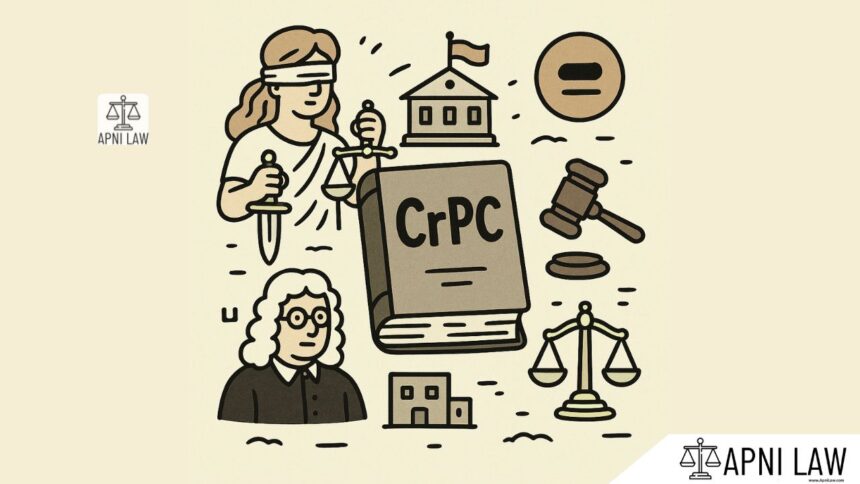Code
(1) If any Court has reason to believe (whether after taking evidence or not) that any person against whom a warrant has been issued by it has absconded or is concealing himself so that such warrant cannot be executed, such Court may publish a written proclamation requiring him to appear at a specified place and at a specified time not less than thirty days from the date of publishing such proclamation.
(2) The proclamation shall be published as follows:–
(i) (a) it shall be publicly read in some conspicuous place of the town or village in which such person ordinarily resides;
(b) it shall be affixed to some conspicuous part of the house or homestead in which such person ordinarily resides or to some conspicuous place of such town or village;
(c) a copy thereof shall be affixed to some conspicuous part of the Court-house;
(ii) the Court may also, if it thinks fit, direct a copy of the proclamation to be published in a daily newspaper circulating in the place in which such person ordinarily resides.
(3) A statement in writing by the Court issuing the proclamation to the effect that the proclamation was duly published on a specified day, in the manner specified in clause (i) of sub-section (2), shall be conclusive evidence that the requirements of this section have been complied with, and that the proclamation was published on such day.
1[(4) Where a proclamation published under sub-section (1) is in respect of a person accused of an offence punishable under section 302, 304, 364, 367, 382, 392, 393, 394, 395, 396, 397, 398, 399, 400, 402, 436, 449, 459 or 460 of the Indian Penal Code (45 of 1860), and such person fails to appear at the specified place and time required by the proclamation, the Court may, after making such inquiry as it thinks fit, pronounce him a proclaimed offender and make a declaration to that effect.
(5) The provisions of sub-sections (2) and (3) shall apply to a declaration made by the Court under sub-section (4) as they apply to the proclamation published under sub-section (1).]
Explanation
This section empowers a Magistrate to issue a proclamation for the apprehension of a person who has absconded to avoid arrest or to prevent the execution of any warrant issued against him.
The proclamation is issued after the Magistrate is satisfied that:
- A warrant for the arrest of the person has been issued and remains unexecuted;
- The person is likely to abscond or to conceal himself to avoid arrest;
- There are sufficient grounds to believe that the person is within the jurisdiction of the court.
The proclamation is published in a manner prescribed by the Magistrate. It typically includes:
- The name and description of the absconding person
- A statement of the offence with which he is charged
- A notice requiring him to appear before the court within a specified time.
Illustration
Imagine a scenario where a person named Ram is accused of theft. A warrant is issued for his arrest, but he absconds to avoid being apprehended. The Magistrate, after verifying the facts, issues a proclamation under Section 82. This proclamation is published in local newspapers and public places, announcing Ram’s identity, the charges against him, and requiring him to surrender to the court within a specified time frame.
Common Questions and Answers
Q: What happens if the absconding person does not appear within the specified time?
A: The Magistrate can then proceed to issue a warrant of attachment for his property under Section 83 of the CrPC.
Q: Can a proclamation be issued against a person who is not aware of the warrant against him?
A: Yes, if there is sufficient evidence to suggest that the person is deliberately absconding, the proclamation can be issued even if they are unaware of the warrant.
Q: What are the consequences of ignoring a proclamation?
A: Ignoring a proclamation can lead to the attachment of property, and the person may be deemed to be absconding, which can have adverse consequences in the trial.








